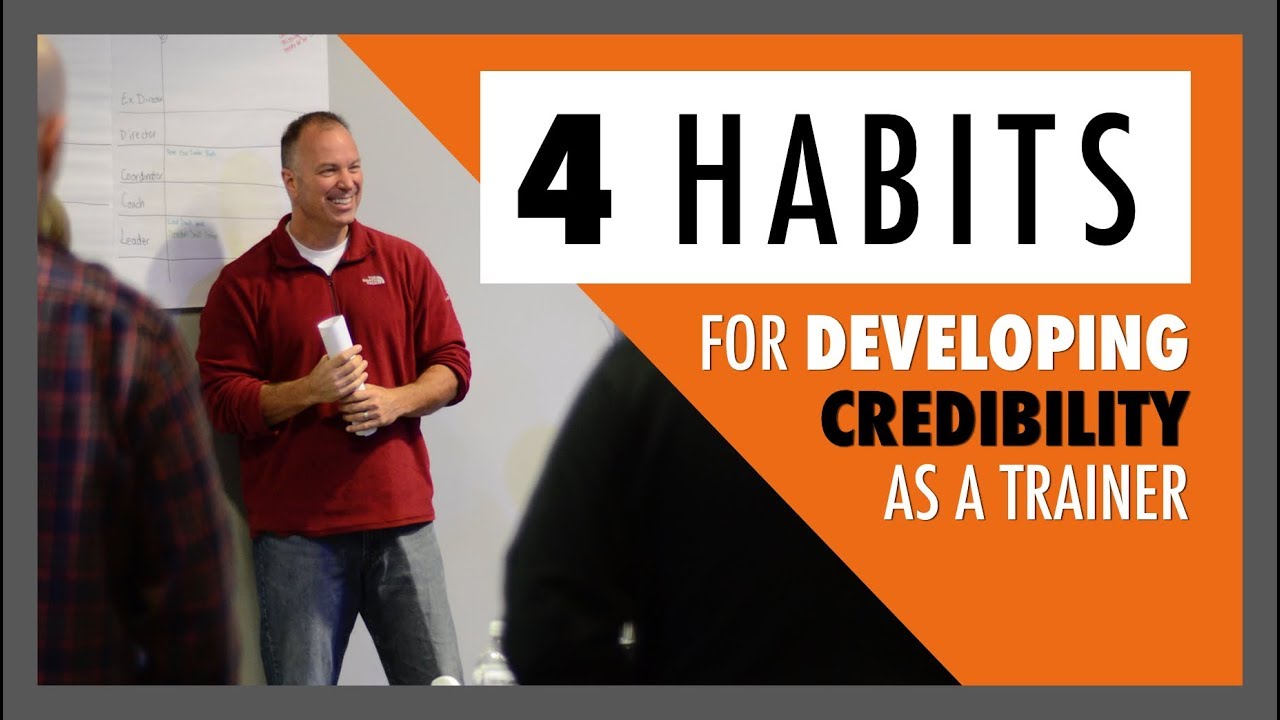Generosity is a testimony of God’s grace in your life. It affirms your faith and it is how God desires to work around the world. You are declaring your faith again and again every time you give. When you then give extravagantly, you are truly participating at a high level in the advancement of the gospel mission. You perceive in an increasing way, what is important to God, how He works in the world, and desires to partner with you.
But where do you start in developing a generous life?
THE QUICK SUMMARY – Michael Frost, Surprise the World!
Christianity is a surprising religion. It has changed the world in remarkable ways throughout history simply through Christians living out their faith. More recently, we’ve become afraid of a habituated Christianity, thinking that routines will rob our faith of its vitality. The net effect is that we’ve replaced the habits that surprise the world with habits that mimic the world―and both we and the world suffer for it.
Integrating the five habits in the BELLS model―Bless others, Eat together, Listen to the Spirit, Learn Christ, and understand yourself as Sent by God into others’ lives―will help you spread the gospel organically, graciously, and surprisingly.
Michael Frost, a world-renowned expert on evangelism and discipleship, makes evangelism a lifestyle that is fulfilling, exciting, effective, and easy to live out!
A SIMPLE SOLUTION
Christians should be different: we should challenge convention and stand out from culture. Too often we stand out for the wrong reasons. Why not lead lives that cause the world to question how we love and serve so well?
We’re all familiar with the many and varied short-term or one-off programs designed to get us sharing our lives and faith with others. While these are commendable, there’s something much more powerful that even a church-wide concentrated effort. It’s the challenge of finding regular rhythms and habits that can transform our everyday lifestyles.
Evangelistic mission works effectively when we are living generous, hospitable, Spirit-led, Christlike lives as missionaries to our own neighborhoods. We need the impetus to propel us outward, into the lives of our neighbors, but also upward, into deeper intimacy with Jesus. Can we develop a new set of rhythms or habits that foster a missional lifestyle that intrigues others?
The first habit to consider embracing is that of blessing others. I’d like you to bless three people each week – at least one of whom is a member of your church and at least one who is not. The third can be from either category. From my experience, blessing another generally takes three different forms.
Words of Affirmation – the simplest way to bless someone. Send them a note, write them an email, or text them. Send them some words of affirmation and encouragement, letting them know you’ve noticed something worthwhile about them.
Acts of Kindness – who doesn’t feel blessed when someone does them a favor or provides some kind of practical support? Exercise your soul and bless others by doing them a good turn this week.
Gifts – the recipient of a gift thrives on the love, thoughtfulness, and effort behind the gift. Almost everything written on the subject of love indicates that at the heart of love is the spirit of giving.
Even if no one asks about our motivations, we resolve to live out a habitual rhythm of gift giving, time spending, and affirmation sharing. We will be humble, gentle, loving, and consistent.
All this implies that blessers must become students of those whom they bless.
Michael Frost, Surprise the World!
A NEXT STEP
In a journal, dedicate three pages to the three categories of Words of affirmation, Acts of Kindness, and Gifts, titling a page with each.
Words of Affirmation
Create categories for family, friends, work acquaintances, and people in your everyday life.
Daily for a period of three weeks, give a word of affirmation to at least one person on the lists. List the date and a brief description of the affirmation.
At the end of the three weeks, reflect and review your journal pages.
- What positive things have you learned?
- What things do you need to correct?
- What comments have you heard from others?
- What has this exercise meant to you?
Acts of Kindness
Create the same lists as above: family, friends, work acquaintances, and people in your life.
As above, for a period of three weeks, make it a point to provide at least one act of kindness each day to one or more of the four groups.
At the end of the three weeks, reflect and review your journal pages.
- What positive things have you learned?
- What things do you need to correct?
- What comments have you heard from others?
- What has this exercise meant to you?
Gifts
Create the same lists as above: family, friends, work acquaintances, and people in your life.
As above, for a period of three weeks, make it a point to give at least one gift each day to one or more of the four groups.
At the end of the three weeks, reflect and review your journal pages.
- What positive things have you learned?
- What things do you need to correct?
- What comments have you heard from others?
- What has this exercise meant to you?
Excerpt taken from SUMS Remix 65-2, published April 2017
This is part of a weekly series posting content from one of the most innovative content sources in the church world: SUMS Remix Book Summaries for church leaders.
SUMS Remix takes a practical problem in the church and looks at it with three solutions; each solution is taken from a different book. Additionally, a practical action step is included with each solution.
As a church leader you get to scan relevant books based on practical tools and solutions to real ministry problems, not just by the cover of the book. Each post will have the edition number which shows the year and what number it is in the overall sequence. (SUMS Remix provides 26 issues per year, delivered every other week to your inbox).
>> Subscribe to SUMS Remix <<

Tags: Blessing, Michael Frost, SUMS Remix, Surprise the World!
|
What is MyVisionRoom? > | Back to Resourcing >

































